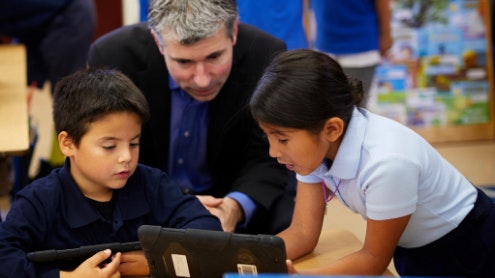Homepage
•
Learning Library
•
Blog
•
Celebrate Hour of Code With These Activities!
Expand breadcrumbs
Expand breadcrumbs
- Learning Library
- Blog
- Celebrate Hour of Code With These Activities!
- Homepage
- •
- Learning Library
- •
- Blog
- •
- Celebrate Hour of Code With These Activities!
Celebrate Hour of Code With These Activities!
By Janice Mak
November 30, 2021








